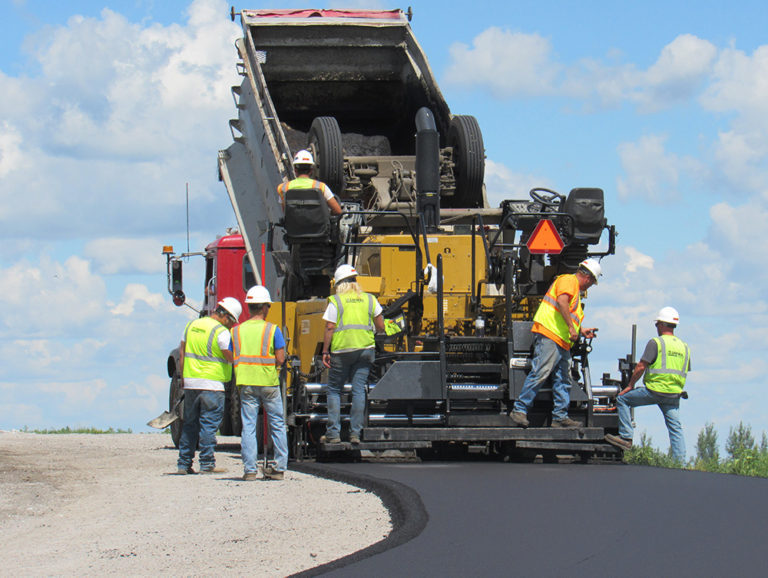As has been widely reported, there is a wide-range shortage of skilled construction workers. As such, those who are employed are facing increased pressure to work overtime. While that may be great for the paycheck, it is not so great for health, wellness and quality of work. With long hours comes increased fatigue; lack of energy and focus; and, ultimately, errors in judgment, resulting in decreased quality and/or production and profitability.
What is causing this growing trend of increased overtime? A shortage of skilled labor. Therefore, there is a challenge to balance the workload of existing staff to complete the jobs safely and profitably, while at the same time being able to attract, hire and retain both young and experienced workers to backfill any future jobs coming online.
While in the short term it may seem advantageous to run a crew as lean as possible for all of the obvious reasons, the employers who recognize that overworking employees has negative long-term effects are the ones who will be most successful. Many tests conducted over the years have found that increased productivity does not have a direct correlation with increased number of hours worked. Quite simply, well-rested employees are more productive.
With increased overtime comes a diminishing return in quality and safety, both to the laborer and to their coworkers. This affects not only project timing, but also the possibility of decreased profits on a project. There also may be an unintended consequence of diminishing the reputation of a company.
An uptick in absenteeism is another direct result of increased overtime. A majority of overworked employees don’t have a positive life balance that provides benefits necessary to maintain a happy and healthy lifestyle. In turn, workers will seek ways they can balance their overloaded work schedule with personal time.
Overworked, tired or fatigued employees are not only prone to bad judgment, burnout and stress, but they are also more likely to take unnecessary shortcuts to circumvent tasks that may be too strenuous as the week goes on. With construction already known for being one of the most dangerous, if not the most dangerous, occupations, OSHA has reported that the industry accounts for nearly 20% of all private-industry worker fatalities.
The Hard Numbers of Overworked Employees
Of course, direct and indirect related costs associated with worker injuries are a major consequence of overworked employees. According to the Center for Construction Research and Training, 3.6% of employer compensation costs were spent on workers’ compensation— 71% higher than the percentage for the overall goods-producing industries combined, and more than twice the average costs for employers in all industries. The Center reports that an additional $1.6 million in work is needed to recover from a $50,000 loss from a worker injury (calculating a 3% profit margin).
Since injury-related costs are subtracted from a contractor’s bottom-line profit, it is obvious that being proactive in managing an employee’s workflow or schedule can have a major impact on the company’s bottom line. While many firms pay increased attention to jobsite safety and accident prevention, and rightly so, it also may be prudent and the right thing to do to recognize early warning signs of an overworked employee and give them a break.
With the current economic boom in the construction industry, compounded by the severe shortage of skilled laborers in many regions of the country, it may be difficult to reduce required overtime get the job done on time, on budget and in preparation to move on to the next one. But if at all possible, taking any proactive steps, however small they may seem, to manage a worker’s overtime schedule will benefit a company greatly in the long run.






